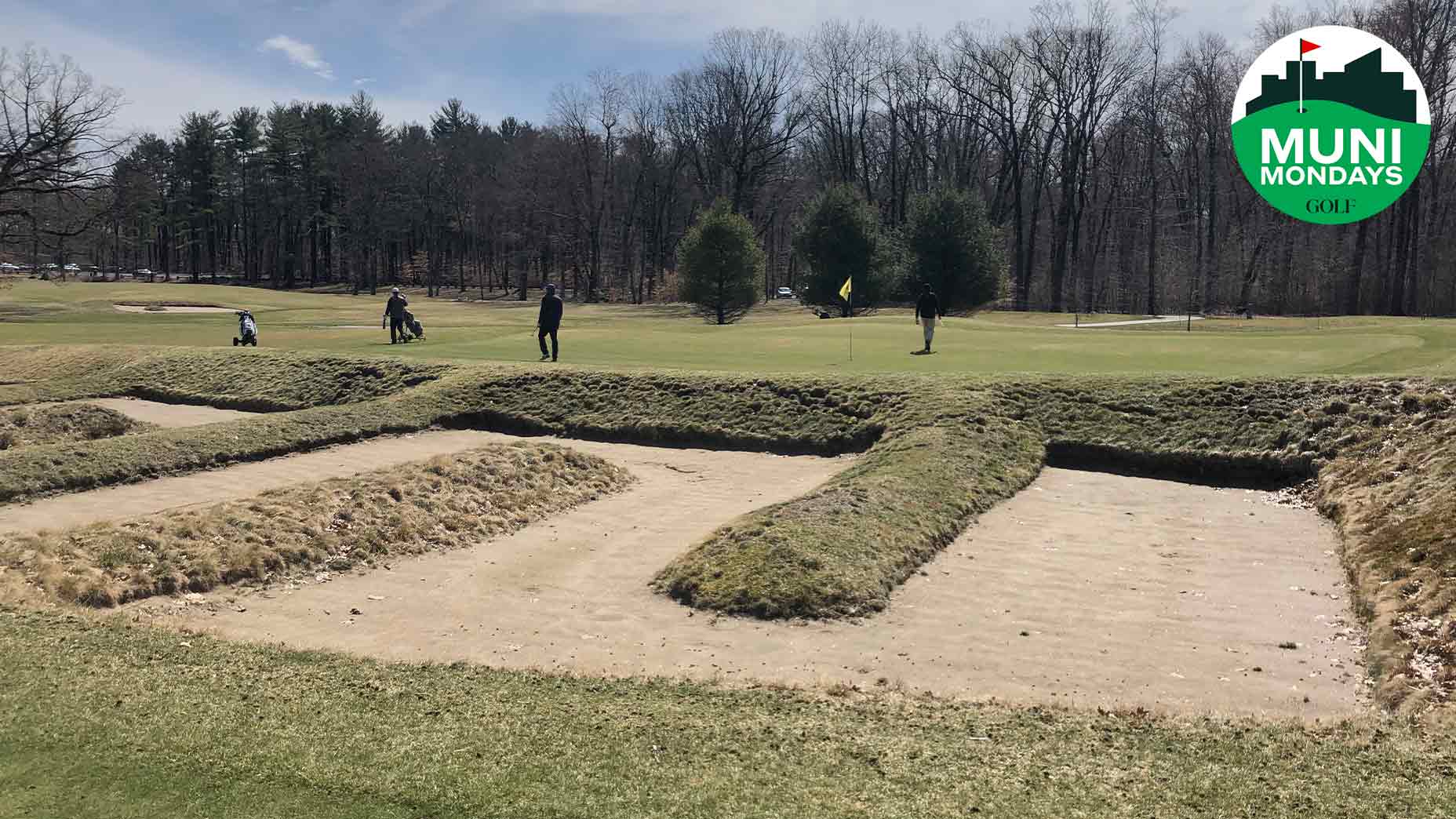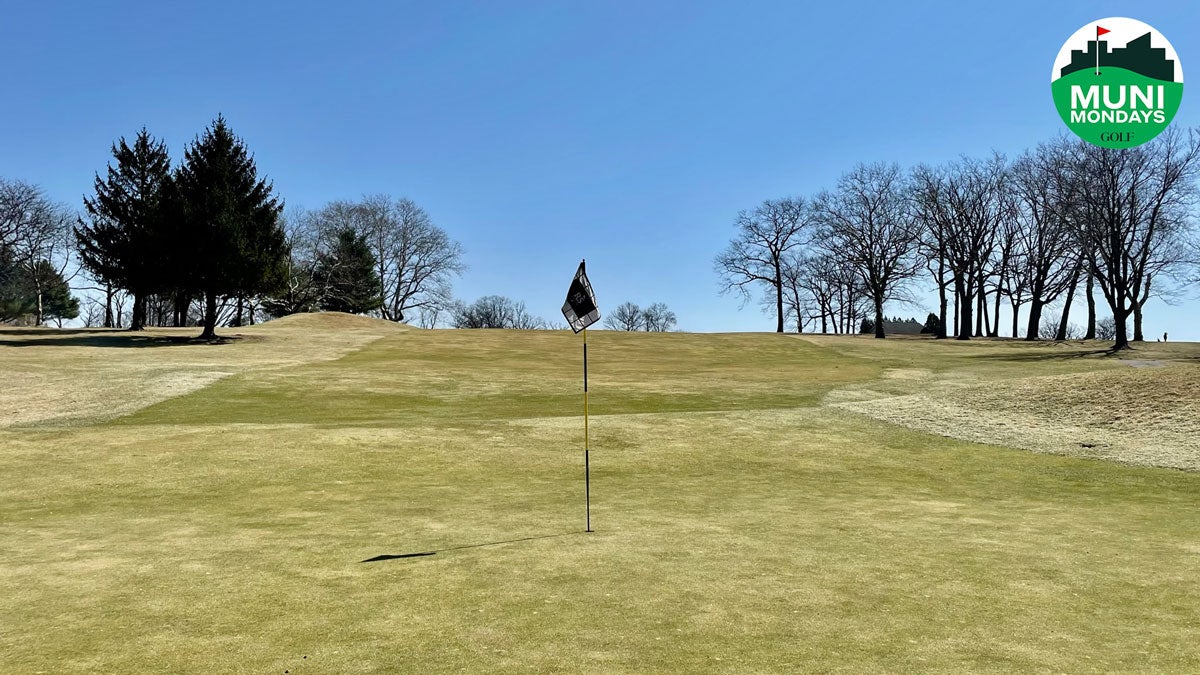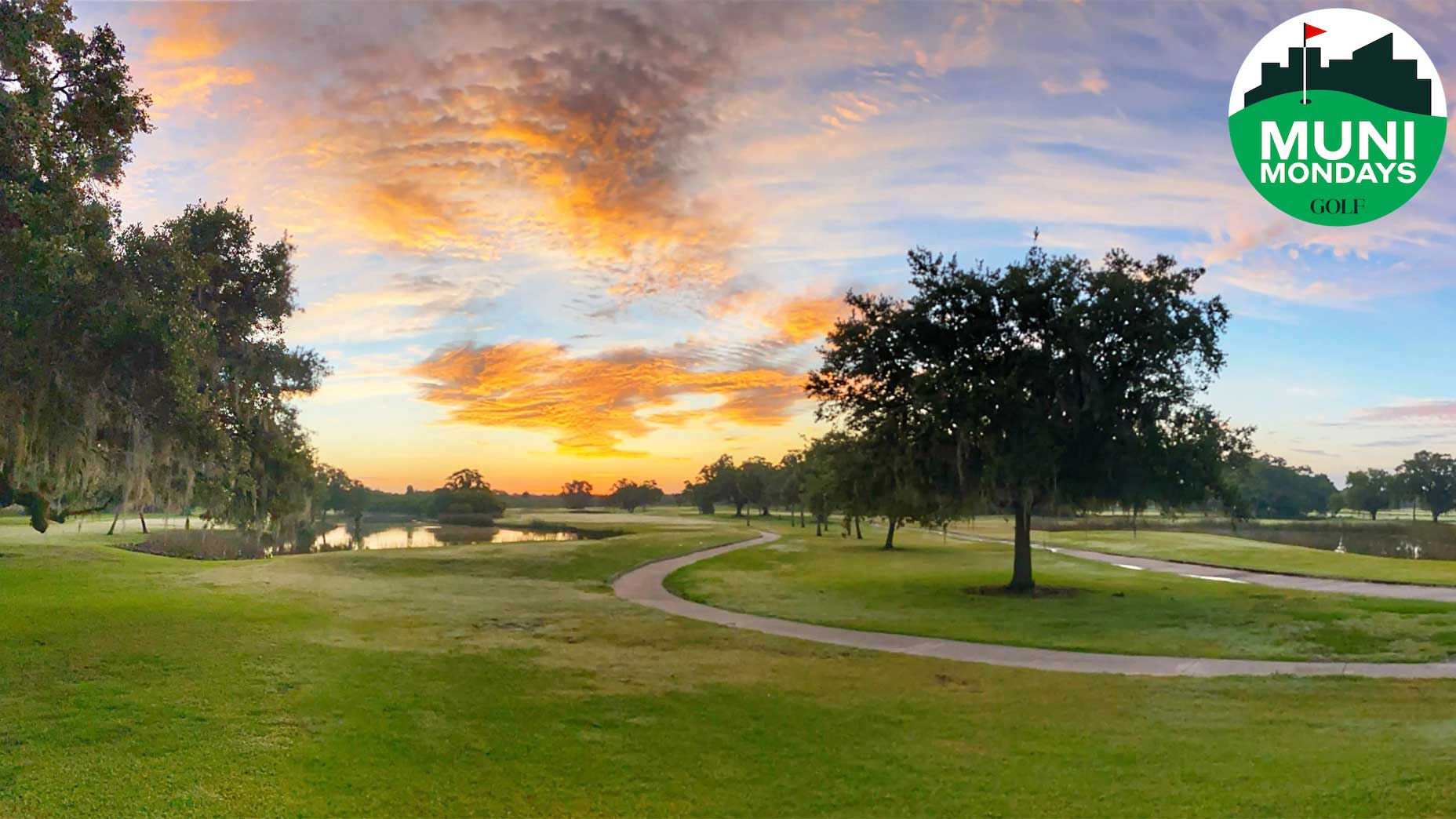How this major championship host became a 12-hole model for golf’s future
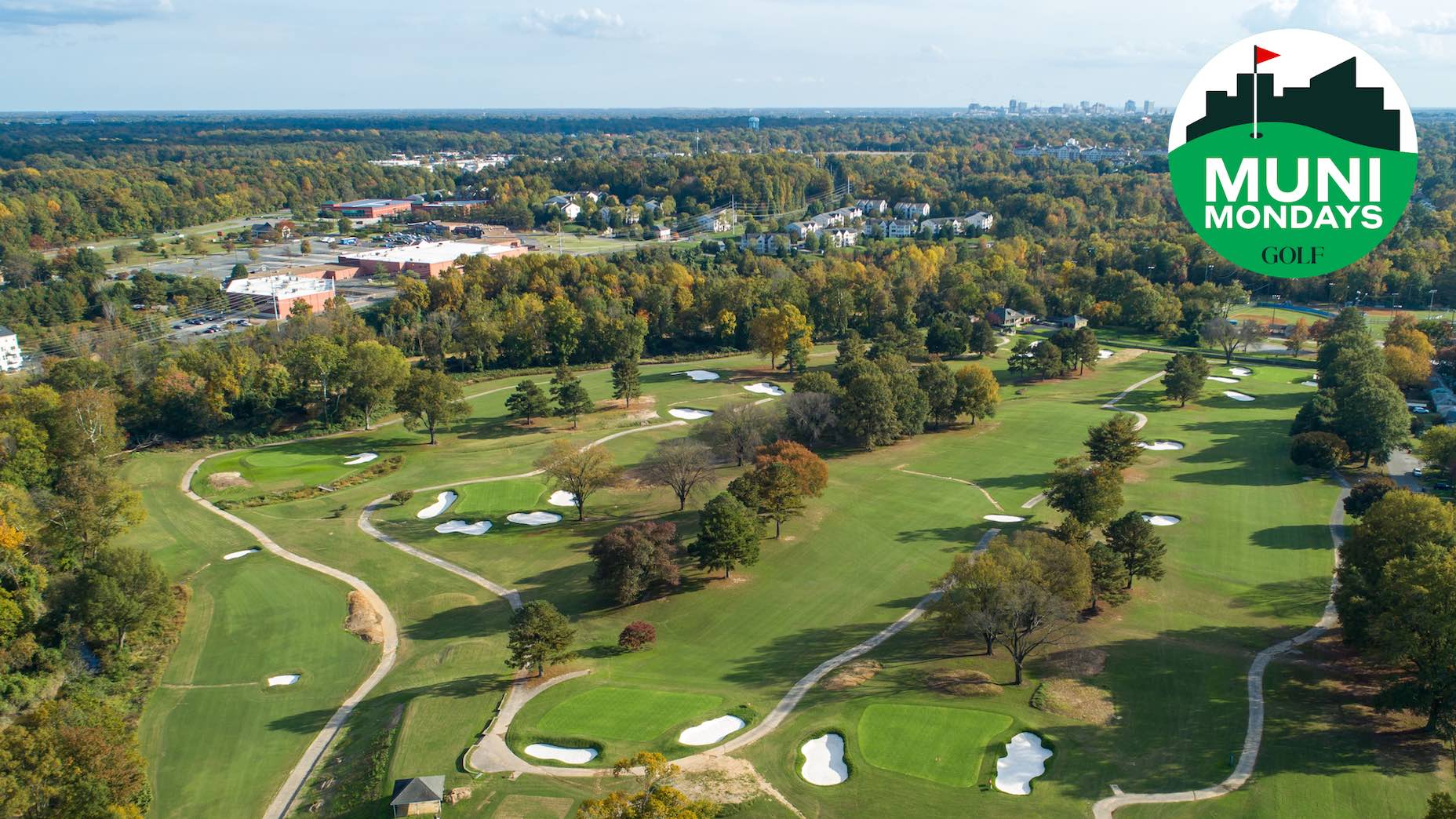
Belmont Golf Course is bringing Golden Age sensibilities into the modern era.
The Drone Co. - RVA
This is not another story about a golf course renovation that has lovingly restored a Golden Age design to the architect’s original intent.
Wait. Actually, it is, in part.
But it’s also a story about a golf course renovation that has lovingly transformed a Golden Age design into a hybrid venue that the original architect could never have imagined.
The result, which will open to the public this spring, is newly remade Belmont Golf Course, in Richmond, Virginia, an historic muni that now doubles as a model for the future of the game.
“We couldn’t be more excited about it,” says Scot Sherman, lead architect at Davis Love III’s design firm, Love Golf Design, which handled the redo. “It’s just the kind of place golf needs right now.”
To get a better picture of what Belmont has become, it helps to have a sense of what Belmont used to be. Its roots reach back to 1917, when the course was born as Hermitage Country Club, a private redoubt designed by A.W. Tillinghast. Four years later, Donald Ross consulted on course improvements, which included upgrading the greens from sand to grass. Ross also fine-tuned other aspects of a layout that was destined for a healthy measure of prestige.
If you judge the quality of a course by the quality of tournament winners it produces, Hermitage acquitted itself quite nicely. In 1945, the club hosted the Richmond Invitational, a Tour event captured by Ben Hogan. In 1949, when Hermitage staged the PGA Championship, native Virginian Sam Snead claimed the title in what remains today the only men’s major ever held in Snead’s home state.
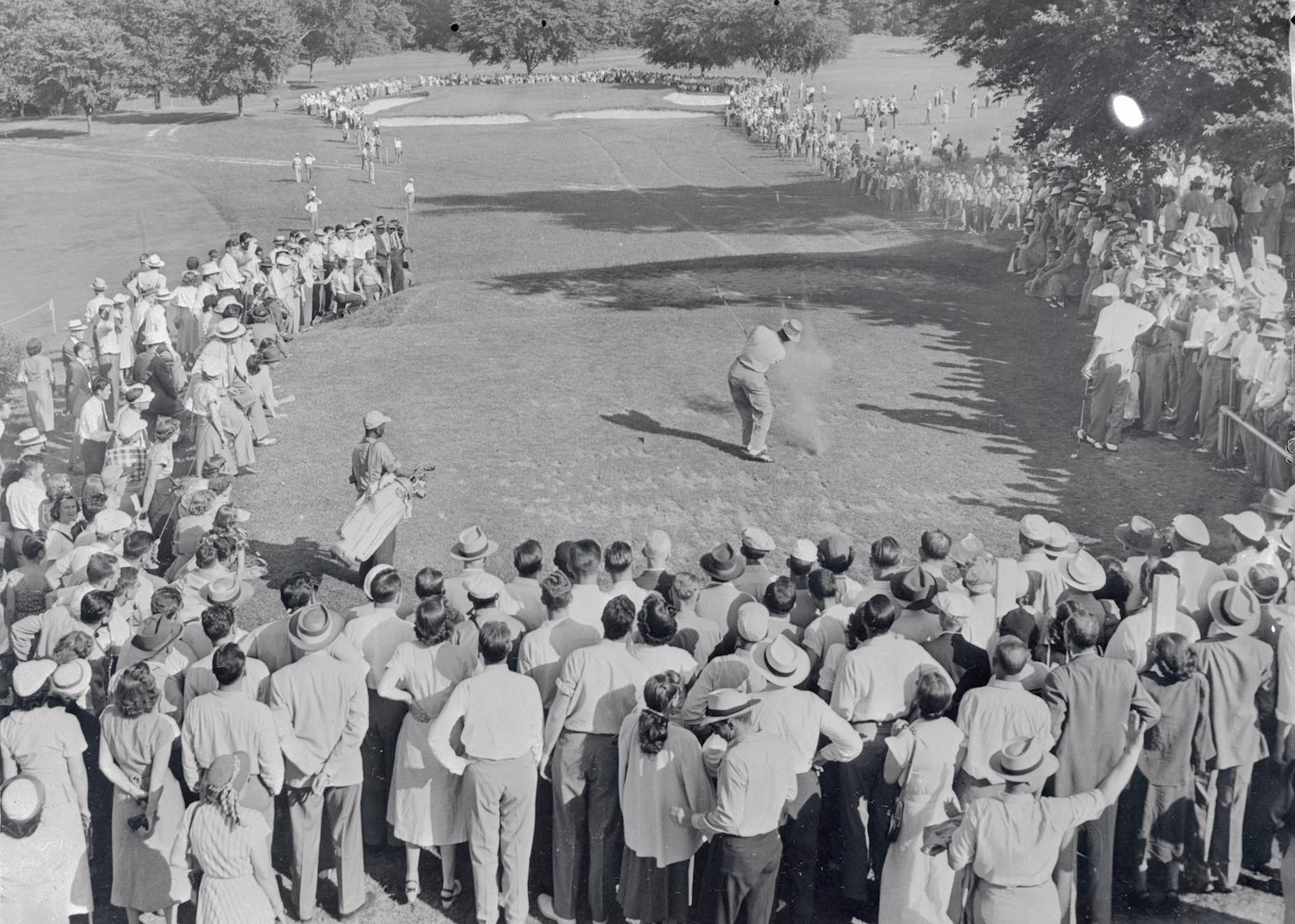
By modern standards, Hermitage covered a small footprint, and over time, the club outgrew it. In 1977, its membership relocated to a larger, 36-hole home nearby, leaving its old course in the hands of the county, which renamed the layout Belmont in honor of a farmhouse that became the property’s clubhouse. A happy consequence of all this change was that Richmond residents wound up with a Tillinghast design as one of their local munis, a former major championship host, no less.
Like so many muni in so many places, Belmont became a vital stitch in the social fabric, an affordable gathering place for golfers of all stripes. But also like so many munis, it generated more memories than it did money. As years went by, course conditions worsened and many of the layout’s classic features were lost, dulled by neglect and the indignities of aging. Soon enough, the near-inevitable happened. Citing dwindling revenues, the county made it clear that it was contemplating other uses for the land.
Local golfers weren’t going to let that happen. Led by a group called Preserve Belmont, a non-profit formed to do exactly that, public pushback was firm and swift. Amid the upswell, the county relented. Rather than scrap the course, it chose to seek proposals for Belmont’s improvement.

Among the interested parties were executives at the First Tee of Greater Richmond.
At the time, their chapter ran its junior programs out of two Richmond-area courses. In Belmont, they saw potential for a third. Problem was, the muni lacked a practice range, or any other place to groom beginners. For it to be a fully inclusive course, one that fit the First Tee’s mission while also serving the community at large, there wasn’t any doubt: Belmont would have to change.
“You hear a lot of talk about growing the game, and that’s all well and good,” says Brent Schneider, chief executive officer of the Greater Richmond chapter. “But you’ve got to have a plan to back up that talk with action.”
Putting their heads together with Scot Sherman of Love Golf Design, Schneider and his First Tee colleagues pitched the county with this proposal: they would transform Belmont into a multi-faceted facility, turning the 18-hole course into a 12-hole routing while converting the remaining ground into a community-focused hybrid, composed of a driving range and short-game area, an 18-hole putting course and a six-hole par-3 course. Inspiration for this blueprint came, in part, from other unconventional success stories around the country, including Sweetens Cove, in Tennessee, a nine-hole underdog-cum-architectural darling; Goat Hill Park, a come-one, come-all muni in Southern California; and Bobby Jones Golf Course, in Atlanta, where an 18-hole layout had been modified into a wildly entertaining, reversible nine-hole track.
What those courses had in common was respect for golf tradition, married with a hearty sense of welcome and a keen attentiveness to the tenor of the times. They paid homage to the past even as they pointed toward where the game was headed.
The plan for Belmont sprang from those same ideas.
“If you look at our culture today and all the folks that golf is trying to reach, there are so many different interests,” Sherman says. “You’ve got the serious golfer, the golfer who’s just getting started, the golfer who maybe only has an hour-and-half after work to play—we were trying to offer a bit of something for everyone.”
The proposal was a winner. The county bit.
In early 2020, the First Tee took over operations at Belmont. A few months later, the renovation project got underway.
Now, the bulk of the work is finished, with only the final weeks of grow-in remaining. When Belmont reopens, on May 29, the public will be treated to a sporty smorgasbord, a property that offers all-the-golf-that-you-can-eat for those who want it but also golf in bite-sized morsels. The 12-hole course is indeed a faithful restoration of a Tillinghast original, with holes 7 through 18 of the old Belmont routing renumbered and reworked. Trees and brush have been removed to revive compelling angles. Greens and bunkers have been brought back to their Golden Age contour and shape. The par-3 course consists of all new holes, but those, too, tip their hat to Tillinghast, patterned as they are on several of his templates, including a reef hole, with an angled ridge fronting the green, and a short, fiercely bunkered Tiny Tim.
Greens fees on the 12-hole course will top out at $40. The par-3 course will cost $10. The putting course will fetch another $5. Kids taking part in the First Tee program will have access to the entire facility for free. Sherman, Schneider and others who helped reimagine Belmont describe it as a place “where the history of American golf truly meets its future.”
It might not be exactly what Tillinghast intended, but it’s pretty much everything the rest of us could want.
This is part of our Muni Monday series, spotlighting stories from the world of city- and county-owned golf courses around the world. Got a muni story that needs telling? Send tips to Dylan Dethier or to munimondays@gmail.com and follow Muni Mondays on Instagram.








